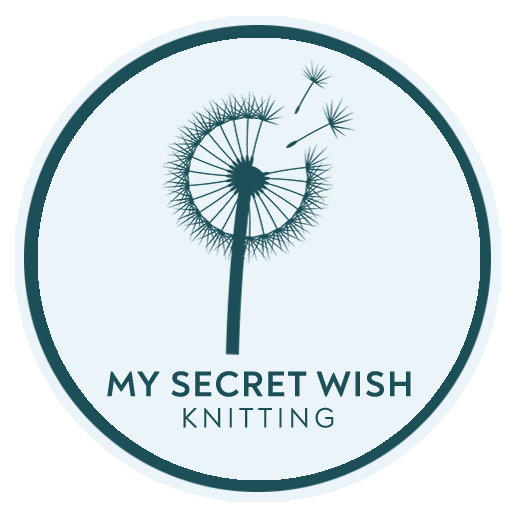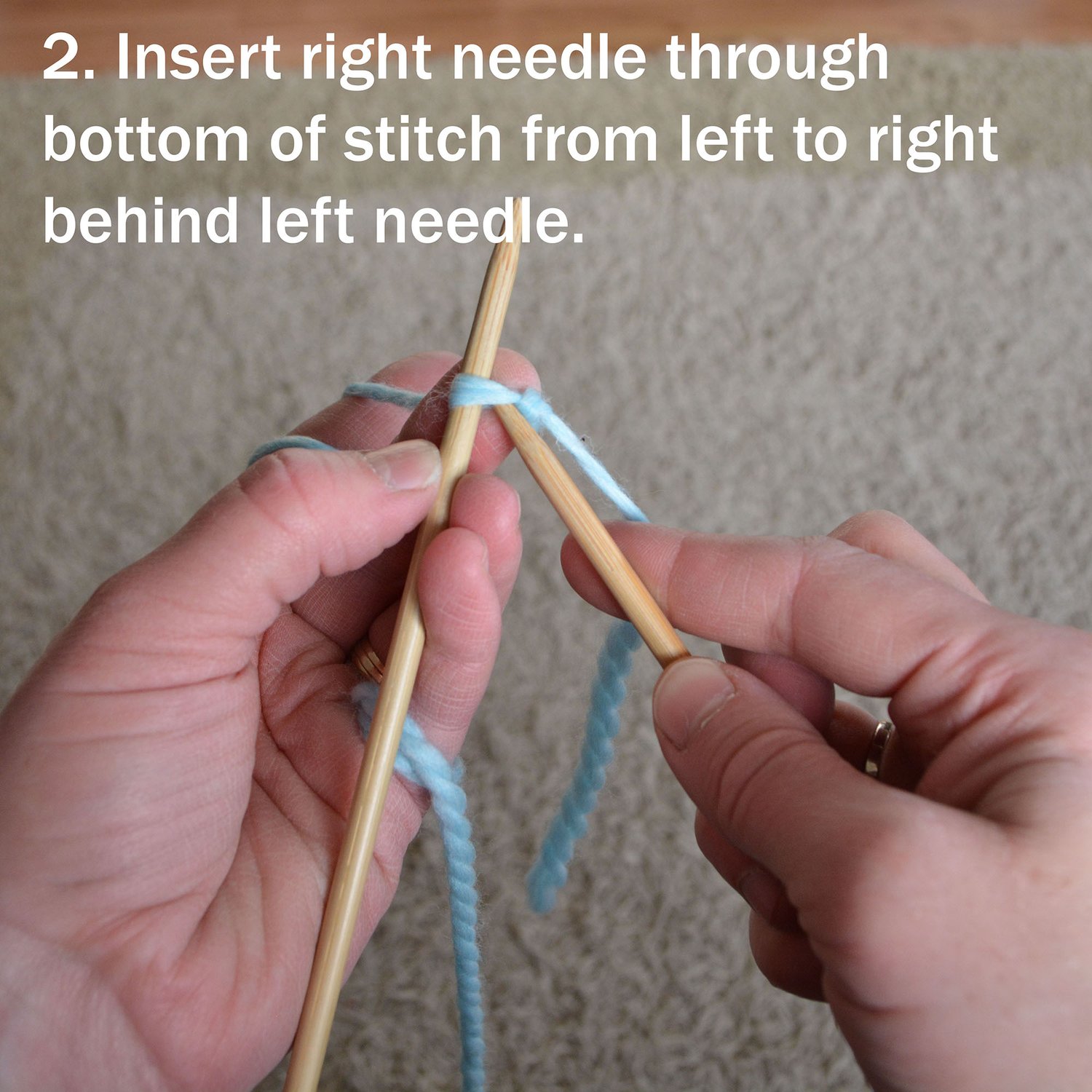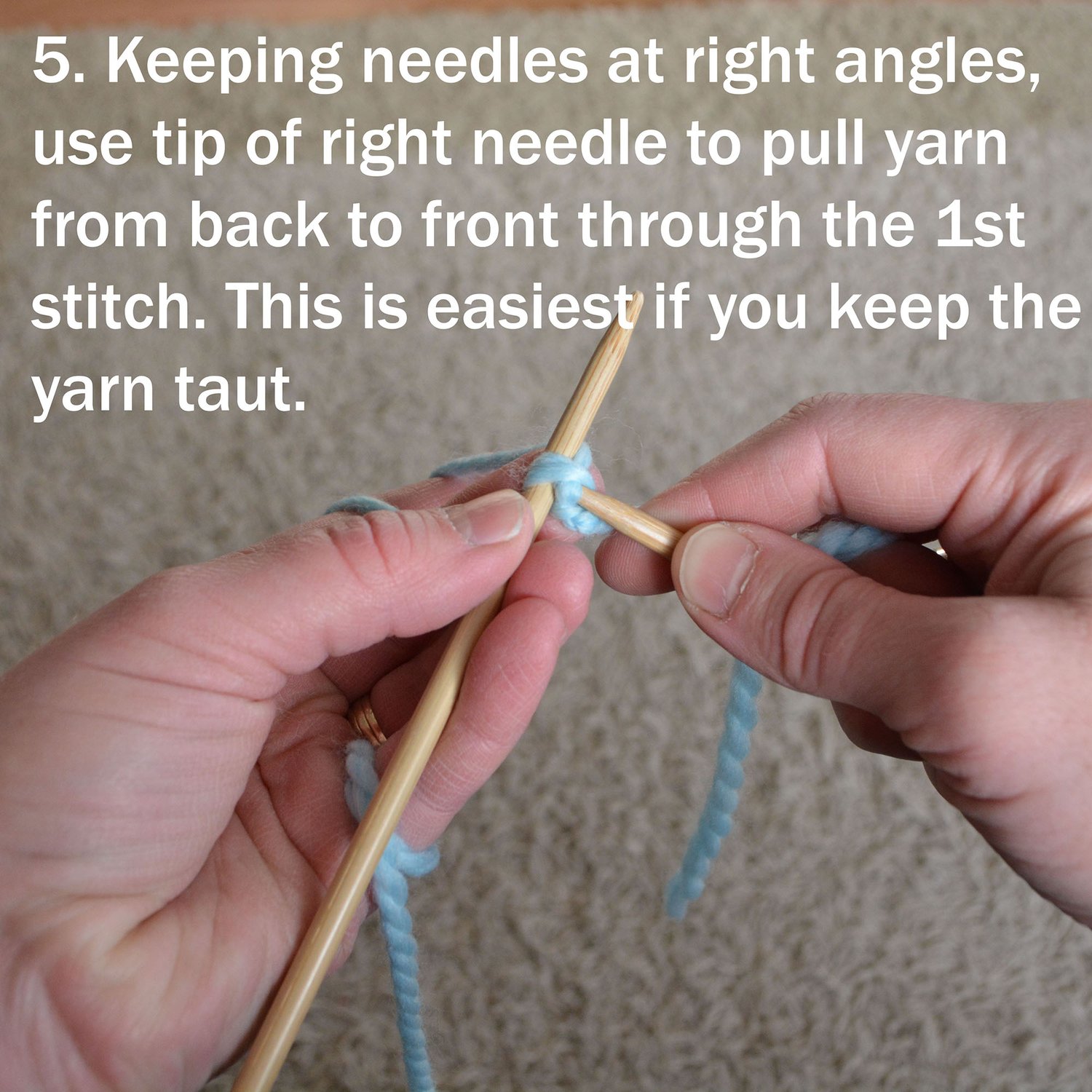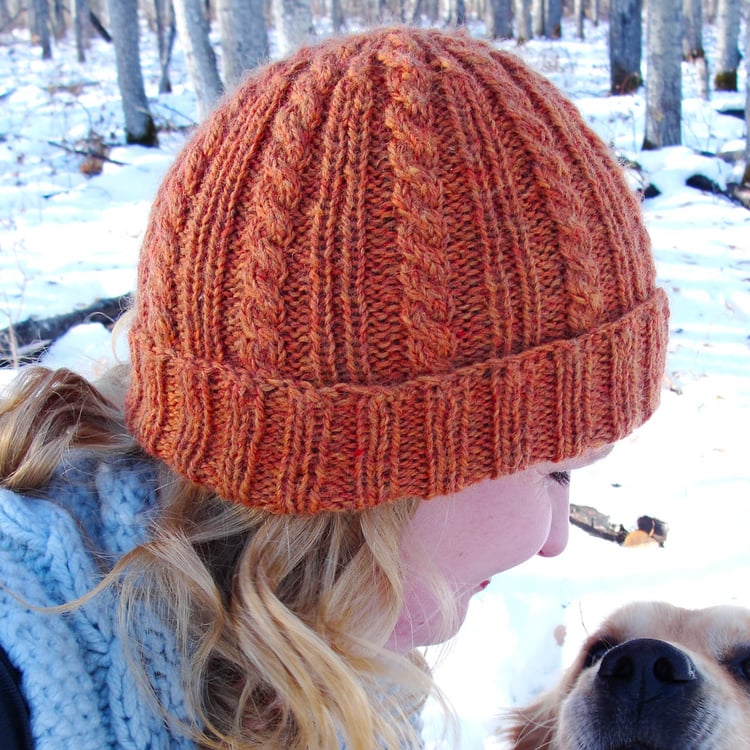
Knit Cast On
Great cast-on for beginner knitters!
The Knit Cast On is an excellent project starter to create firm, stable edges. And since it uses the basic knit stitch to add the loops you need to continue knitting, it’s a perfect “first cast on” for beginner knitters. (Optionally, you could start with Long Tail Cast On.)
Learn this simple technique for beginning your knitting projects and start casting knitting magic today!
Notes:
- Make sure to make it loosely, or your cast on edge will be narrower than the rest of your work.
- This cast on creates a firm, stable edge, so don't use it for edges that need to stretch. (If you’re working on a stretchy edge, I recommend the Super Stretchy Cast On.)
- To get started, you’ll need a slip knot. See my tutorial for How to Make a Slip Knot for more.












